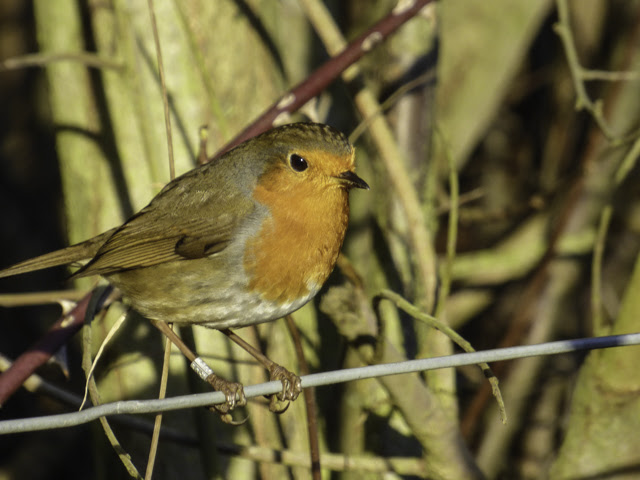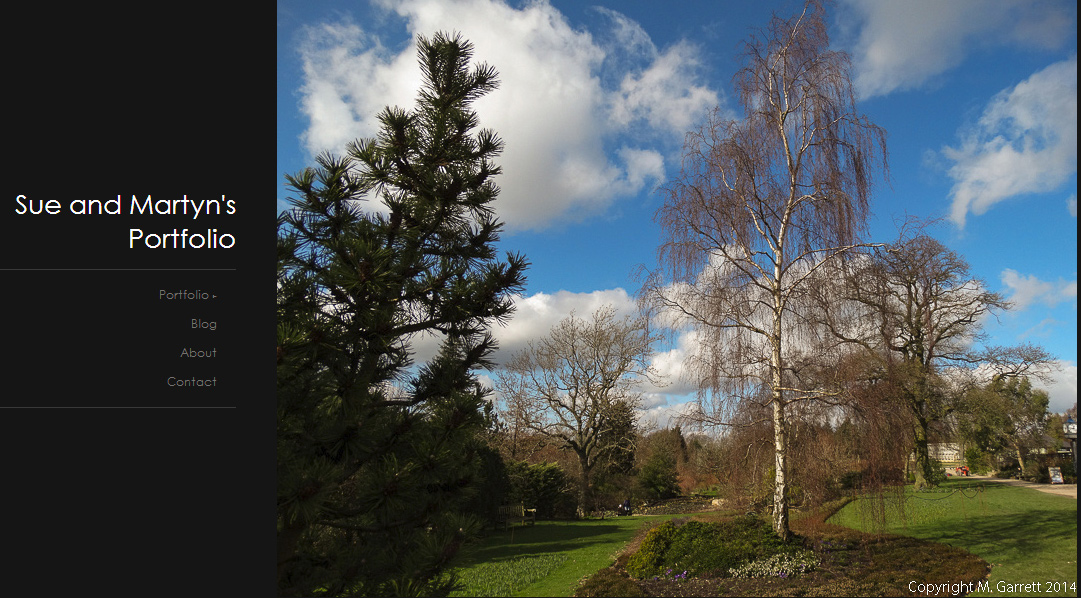Despite some failures I would class 2016 as a good year for peas.
We had one complete failure, Delikett - a sugar snap variety didn't produce at all and the other sugar snap - Oregon Sugar Snap - and mangetout - Delikata - varieties sowed at the same time and in the same bed didn't fare much better.
The seeds germinated but due to weather conditions, the seedlings grew very slowly and were ravaged by pea and bean weevils.
Our pea and broad bean plants usually attract the attentions of these weevils which feed on the leaves of the plants. The nibbled leaves have U-shaped notches around the edges. Most years the plants outgrow the damage but last spring the slow growing seedlings just couldn't cope. We did manage to hartvest a few mangetout.
We also had poor results from peas sown in another bed on the 9 June. This bed though showed evidence of the soil being disturbed so maybe mice or some other hungry creatures dug up the seeds.
Despite these setbacks in other ways it was a good year for peas and we had a decent harvest and were able to stock up the freezer.
As you can see from the table we rely heavily on Onward, so much so that we bought a large bag of seed.
We sow all our peas directly in the soil. We have tried sowing in pots and transplanting but it never seems successful which is strange as it works for sweet peas.
As you can see above we sow into trenches cut in weed control fabric. You can also see that we pay absolutely no regard to seed spacing and sow very generously to allow for poor germination. Now you understand the need for the large amount of seed. The hazel twigs are an attempt to prevent animals such as cats and foxes from walking all over the newly sown seed beds.
The first lot of Onward were sown on 5 May, a few days before the devastated sugar snaps and mangetout but these were unfazed by weevils. There was evidence of nibbling but the plants grew away strongly.
They were grown in a double row and supported by hazel twigs.
The next sowing on 9 June was the row that germinated poorly. I did furtle about in the large gaps in germination and didn't find any seeds. I resowed the bare patches but the second sowings fared no better which is why I suspected mice.
Due to this failure, on 13 June we sowed another long row in a fairly rough area of the plot, alongside a row of late sown annual flowers.
To be honest after the previous sowing I didn't expect much from this row but they did really well. What's more we didn't find as many pea moth grubs as normal which is appreciated when it comes to podding.
As we still had some pea seeds left we decided that there was nothing to lose on using up the seeds on a really late sowing on 17 July. We planted a row in the bed that had previously housed our early Casablanca potatoes. These germinated well but by the time the pods had filled the plants had begun to suffer from mildew and the pods began to blacken.

I was going to write the row off but decided to check the pods first and found perfectly good peas inside.
There is always room for improvement so next year:
- I think I will cover the newly sown peas with enviromesh in an attempt to thwart the weevils, that is unless they are ready and waiting in the bed.
- I'm not sure whether this is enough to keep mice away or whether I need to use some wire netting for the later sowings.
- I also found that a single row was easier to harvest than a double row as I could get along each side easier. The two rows planted side by side tended to mesh together.
- We maybe need to plant a second sowing of mangetouts or sugar snaps.
- Finally we will try to remember to use up the remaining pea seeds a little earlier that we did this year, maybe the end of June, to try and give the latest sowing a better chance to do well.
Of course it isn't as simple as that is it? Next year could be completely different.




















































































